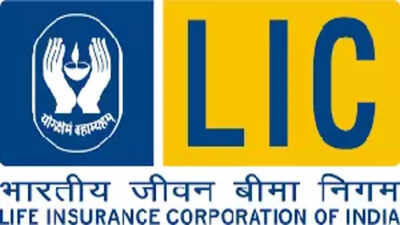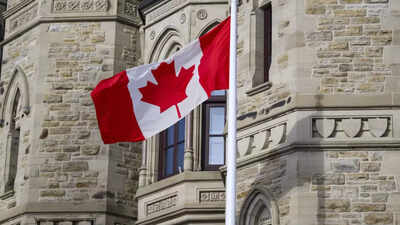Only certain borrowers are getting student loans wiped under Trump’s plan: Here’s why it’s so limited

In recent weeks, a limited group of federal student loan borrowers in the US has received emails from the Department of Education confirming that their remaining loan balances will be cancelled. The development marks a rare move toward debt relief under the administration of President Donald Trump.According to borrower notices reviewed by CNBC, the forgiveness is being granted to individuals who have met the required number of qualifying payments under the Income-Based Repayment (IBR) plan. The emails state: “You are now eligible to have some or all of your federal student loan(s) discharged because you have reached the necessary number of payments under your Income-Based Repayment (IBR) Plan.”Only IBR plan currently qualifies for cancellationUnder current policy, borrowers must be enrolled in the IBR plan to qualify for forgiveness. While student loan holders may switch repayment plans throughout the loan term, the IBR is presently the only plan that provides loan discharge after a set number of payments.As reported by CNBC, the Trump administration has phased out several other income-driven repayment (IDR) options, including the Income-Contingent Repayment (ICR) plan, due to recent court rulings and changes enacted through the administration’s legislative package referred to as the “big beautiful bill.”IDR plans, first introduced in the 1990s, aimed to make federal student loans more affordable by capping monthly payments based on discretionary income. They typically offer forgiveness after 20 or 25 years of consistent repayment.Payment count depends on when the loan was issuedForgiveness under IBR depends on when a borrower’s loan was issued. Borrowers who took out loans after July 1, 2014, must make 240 qualifying payments — equivalent to 20 years. For loans issued before that date, the requirement is 300 payments, or 25 years.According to CNBC, some borrowers receiving forgiveness now may have initially enrolled in older IDR plans, such as ICR, but later switched to IBR. Payments made under previous IDR plans can still count toward forgiveness, as long as they were made on a qualifying plan.Mark Kantrowitz, a higher education expert, told CNBC that borrowers should continue making payments if they believe they are eligible but have not yet received a forgiveness notification. “You don’t want to be flagged as late,” he said, adding that “any overpayments should be refunded.”Forgiveness process may face delays due to shutdownForgiveness letters reviewed by CNBC indicate that eligible IBR discharges will be processed over the coming months. Borrowers have until October 21 to opt out of the cancellation, if they choose to do so.However, the ongoing government shutdown could delay processing times. Carolina Rodriguez, director of the Education Debt Consumer Assistance Program, said to CNBC that delays may be expected, especially as the Department of Education continues to face staffing challenges.The Department of Education has not provided a comment on the current round of cancellations, as reported by CNBC.





